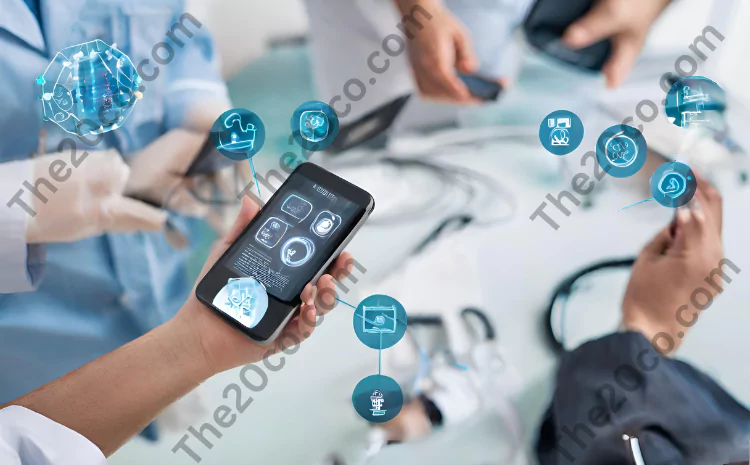In the realm of technological progress, healthcare has consistently stood as a focal point, and the Internet of Things (IoT) is no exception to this trend. The capacity of IoT to monitor, track, notify, and control proves invaluable across a wide range of healthcare scenarios.
The Role, Solutions, and Use Cases of IoT Technology in Healthcare
Applications of IoT solutions span diverse sectors within the healthcare industry, providing benefits to patients, physicians, healthcare professionals, and institutions in multiple ways. Let’s delve into some of the primary objectives and solutions that IoT introduces to the healthcare landscape:
Reducing costs. Making healthcare technology more affordable is a widespread goal. IoT is an efficient solution in this regard, being not only cost-effective to implement but also endorsing adaptable pricing models. This, in turn, results in a decrease in healthcare expenses related to medical procedures.
Enhanced trust and reliability. IoT plays a crucial role in addressing gaps in medical treatments through improved connectivity and monitoring capabilities. Consequently, it fosters heightened trust and reliability among both patients and healthcare professionals.
Improved medical outcomes. Attaining increased success in medical practices is advantageous for all stakeholders. Health monitoring sensors and wearable IoT devices in healthcare facilitate ongoing assessment of patient health, contributing to advancements in treatment.
Resource Management. In the healthcare industry, the repercussions of a shortage of essential medical resources are significantly more severe than in other sectors. IoT assumes a pivotal role in assuring the consistent fulfillment of all vital requirements, ensuring the delivery of the highest standard of medical care to patients.
Healthcare Applications: Top 5 Instances of IoT Implementation
Smart Hospital Beds with IoT Integration
Monitoring the vital signs and general well-being of patients stands as a fundamental responsibility for healthcare institutions. Directly incorporating these features into hospital beds has the potential to augment the efficiency of medical facilities. Through the utilization of a diverse range of IoT medical devices and network-connected sensors, we can develop smart beds that prioritize patient comfort without compromising on medical monitoring.
Wearable Healthcare Devices
Certain health metrics of patients necessitate close skin contact for continuous and seamless monitoring. Medical wearable devices, enhanced with 5G connectivity, possess the capability to measure a variety of vital signs, encompassing respiration rate, heart rate, blood pressure, oxygen levels, and even sleep patterns. Additionally, these devices can seamlessly integrate with an advanced IoT cloud platform, ensuring secure and centralized storage of patient data for comprehensive and accessible health monitoring.
Telemedicine for Remote Patient Monitoring
Telemedicine, a groundbreaking concept, empowers doctors to diagnose and monitor patients remotely. By utilizing a suite of healthcare IoT products, physicians can consistently track their patients’ well-being, overcoming geographical distances.
Managing Medications with IoT
The success of any medical treatment hinges on the efficient management of medications. IoT-based medication solutions, exemplified by devices like IoT pill dispensers, provide a mechanism to prompt patients regarding their medication schedules. Moreover, these solutions empower caregivers to track the patient’s medication dosages and evaluate the need for prescription refills.
Tracking Solutions for Equipment and Patients
The integration of IoT technology expedites the location of medical tools and facilities, significantly enhancing the operational efficiency of hospitals. It prevents the misplacement of medical devices, contributing to the overall effectiveness of healthcare institutions. Additionally, real-time monitoring capabilities enable continuous surveillance of patients and healthcare workers, ensuring timely assistance for everyone who requires it.
The incorporation of IoT into the healthcare sector is transforming patient care, optimizing operations, and elevating overall efficiency. By facilitating device connectivity, data tracking, and improved communication, IoT is forging a path toward a more interconnected and patient-centric healthcare system. As technology progresses, we can anticipate further innovations and enhancements in healthcare delivery through the ongoing integration of IoT solutions.

